-Maya Angelou, poet, activist, & educator On one hand, it’s not a fun or a comfortable place to be. On the other hand,feeling stuckis the perfect place to be if you’re craving growth, expansion, and personal development. It’s a space that’s full of potential because the more stuck you feel, the greater the opportunity to turn it around and change your life. Feeling stuck in life can be the catalyst that busts us out of our comfort zone and helps us let go of limiting beliefs that keep us from seeing the ‘Bigger Picture’ of our story. What’s on the other side of a rut? New possibilities, new life lessons that bring deeper wisdom, positive changes, and ultimately a better life. And it all starts with letting go of the belief that we’re not good enough or worthy enough to experience big shifts. The truth is that more often than not we can’t control what happens in our outer world, but… we can control what happens in our inner world. One effective way of doing this is by directing our attention to our energetic side. According to yogic tradition we are made of energy and currents of energy are found in everything from the thoughts you think, the feelings you feel, where you invest your mental focus and awareness, and the air you breathe. Energy is everywhere and we can learn to consciously tend to our own personal vital energy. In doing so, we can effect change – changes in our perceptions about our circumstances and even possibly changes to our circumstances too. When we shift our energy we shift our thinking and our beliefs… When we shift our beliefs we shift how we show up in the world and how we respond to life. You got this mama – you deserve to spend a few minutes practicing self-care.
Your 7 Main Energy Centers:
We have 7 main vital energy centers that run up and down the centerline of our bodies. In the yogic world, they’re known as the chakras.
Chakras are the body’s energetic transformers. They help regulate and transport vital energy to all systems that make up our entire body and mind. According to yogic tradition, we have 7 main chakras:
Each chakra corresponds to an aspect: 1st chakra (root) – security/safety/ grounding 2nd chakra (sacral) – relationships/ sexual power/ creative power 3rd chakra (solar plexus) – personal power/self-esteem/ insight 4th chakra (heart) – love/ gratitude/ acceptance/ emotional mastery 5th chakra (throat) – communication/ speaking your truth/ self-expression 6th chakra (brow) – intuition/ foresight/perception/self-realization 7th chakra (crown) – spirituality/ union of the self/ union with the universe
If you’re feeling stuck you’re probably experiencing energy blockages.
An energy blockage is an imbalanced flow in energy. When our chakras are open, balanced, and active we experience flow in our lives, our inner knowing and insight increases as does our creativity, and mental/emotional/physical health and wellbeing. When our chakras are functioning optimally we feel an influx of vitality and we thrive. When they’re closed, imbalanced, under or overactive we experience chronic emotions like frustration, anxiety, panic, irritation, fatigue, depression, anger, dread, etc. When we have energy blockages in our own personal field we shrink and feel stuck. If we learn to work with our personal energy field we can impact our physical experience too.
What determines if my energy is blocked or not?
At any given time, your chakras embody different states. – Donna Eden, author & energy medicine advocate For example, chakras can be either open or closed, balanced, underactive, or overactive. A chakra’s state is determined by:
1) Thoughts:
Thoughts are a form of energy. Thoughts cause the brain to light up creating tiny electric currents in different brain regions. What are the thoughts that keep coming up for you over and over again? Are the majority of your thoughts positive or negative?
2) Emotions:
It’s been said that emotions are energy in motion (e-motion) and this is quite fitting. Each emotion has a corresponding vibrational frequency that either lifts us up or weighs us down. Spending too much time feeling low-frequency emotions or not spending enough time in feeling high-frequency emotions creates the feeling of being stuck.
3) Mindful body movement (asana):
According to yogic philosophy, moving our bodies into specific different postures can stimulate energy flow through the chakras and can also help open up blocked or underactive chakras. For example, wheel pose (Sanskrit name: chakrasana/ urdhva dhanurasana) is thought to stimulate all or most of the chakras as it provides a jolt of energy and deep backbend to the spine, where most of the chakras are located. Wheel pose is also a powerful heart chakra opening asana.
4) Mental training/meditation (dharana/dhyana)
Eventually, using the power of breath, mind, and mantra, we attain a direct realization of the chakras and their latent energies. In the esoteric tradition of hatha yoga, chakrasana creates a bridge between six chakras. In the tradition of kundalini yoga, it bridges seven chakras… -Sandra Anderson&Pandit Rajmani Tigunait for YogaInternational.com According topsychologist, scientist, & author of “Theories of the Chakras,”Dr. Hiroshi Motoyama, we can activate a chakra with one-pointed focus and mental concentration (dharana). Since thoughts and mind are also a form of prana (energy), directing our intention and attention to specific chakras will actually help direct the flow of prana to that chakra. In his studies, he found that there was a measurable increase in the activity of the heart chakra when subjects directed their awareness and internal feelings to that region. (1)
5. Breathwork (pranayama)
Intentional conscious breathing is yet another effective way we can connect with and activate our energy centers so we can move stuck or blocked energy. The brain and spinal cord can be seen as the generating station. The nerves carry the electricity throughout the body. If there is a good flow of electricity (i.e., energy or prana) and if the wires conducting the electricity are all strong, sturdy, and in good shape, everything runs well. But if there is no adequate flow of energy or if the wires leading from the generator are damaged or there are loose connections, then the power system does not function optimally. Through yoga practice, particularly pranayama, nerve centers are purified and stimulated, and the energy is channeled to optimal output and functioning. – Swami Satchidananda, The Breath of Life: Integral Yoga Pranayama The yogic practice of pranayama (breathwork) literally means the ‘regulation of prana’ or the ‘regulation of vital energy.’ When you pair pranayama with dharana (mental focus) you create a powerful directive of energy throughout your entire being – mind, emotions, body, and energy. All the more reason to practice the chakra activating meditation below… It incorporates both pranayama and dharana.
Get unstuck and create more flow with this 10-minute chakra activating meditation:
For the next ten minutes, we’ll be using our breath and our mental focus to activate our personal energy field and strengthen it. – Deborah King, author It’s time for you mama – find a quiet place and lock the door and get ready to journey inward. Let’s practice together: https://soundcloud.com/calmwithyoga/breathing-through-the-chakras-meditation REFERENCES : (1) Theories of the Chakras: Bridge to Higher Consciousness, Dr. Hiroshi Motoyama

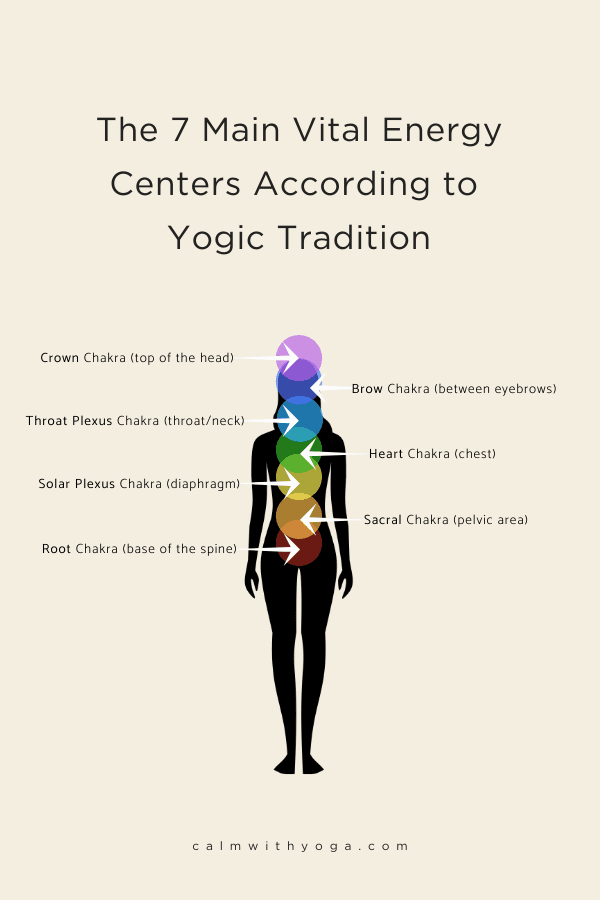
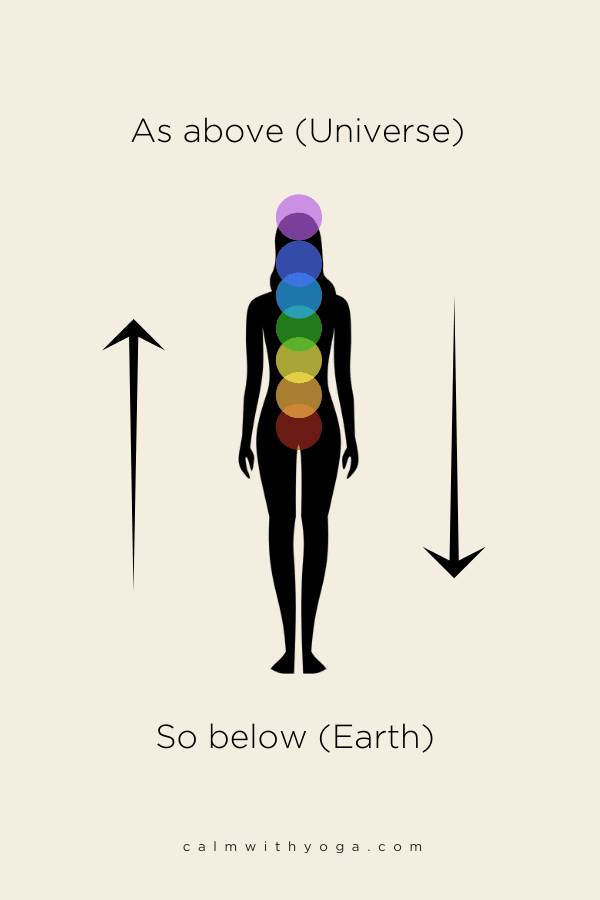

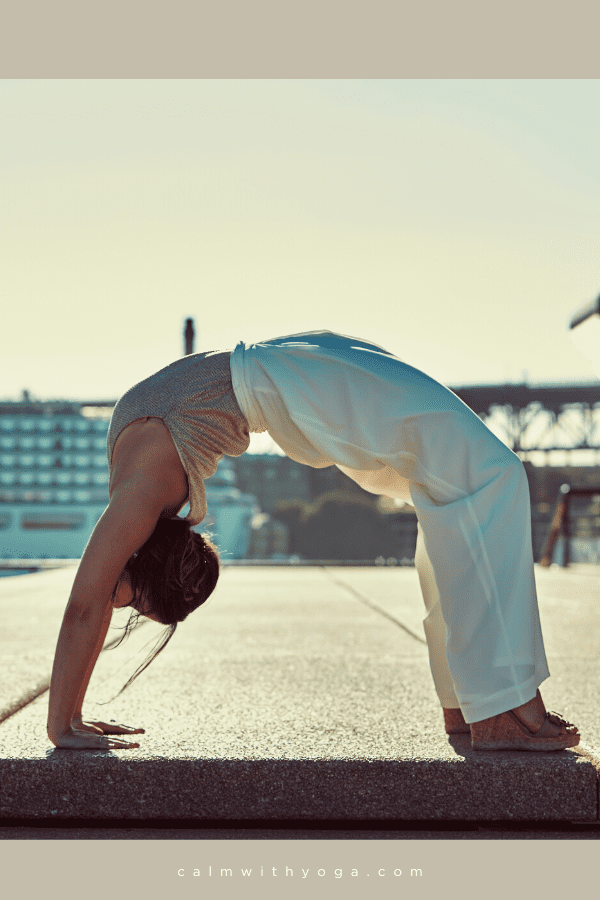
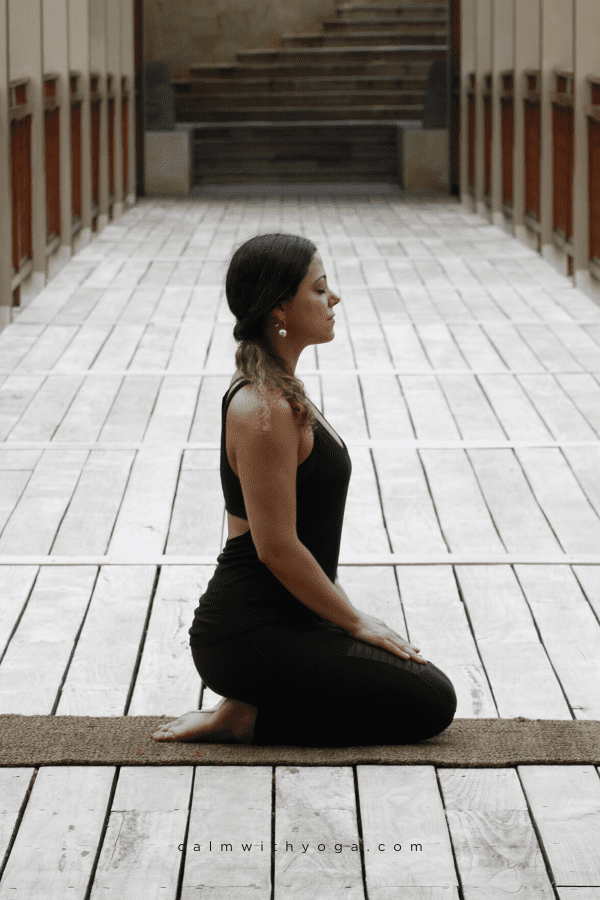
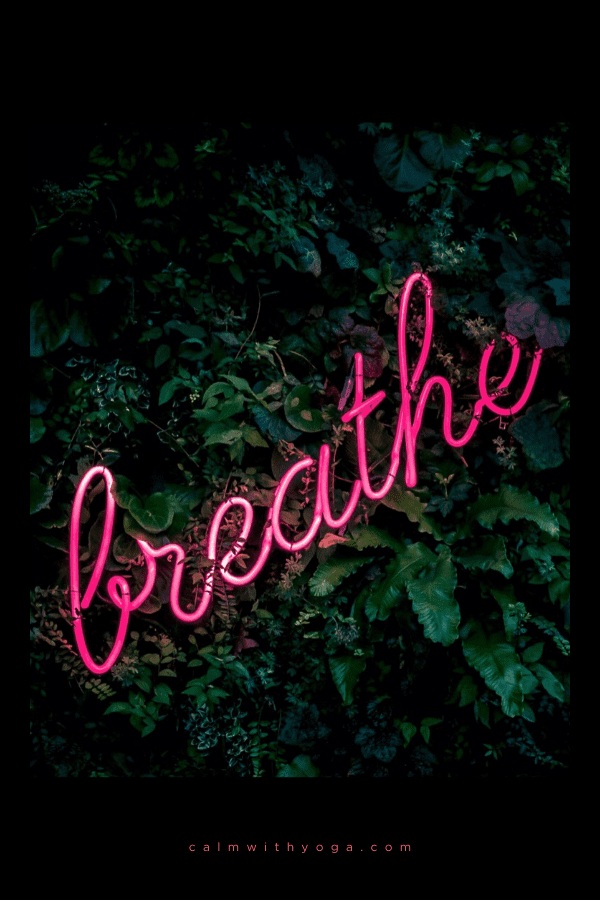

title: “Bring More Flow To Your Life If You Re Feeling Stuck Motherhood Community” ShowToc: true date: “2022-12-28” author: “Carl Obregon”
Maya Angelou, poeta, activista y educadora. Por un lado, no es un lugar divertido o cómodo para estar. Por otro lado, sentirse atastaca es el lugar perfecto para estar si estás deseando crecer y expandirte. Está lleno de potencial porque cuanto más atascada se sientas, mayor será la oportunidad de darle la vuelta. La verdad es que la mayoría de las veces no podemos controlar lo que sucede en nuestro mundo exterior, pero… podemos controlar lo que sucede en nuestro mundo interior. Una forma efectiva de hacer esto es dirigiendo nuestra atención a nuestro lado energético. De acuerdo con la tradición yóguica, estamos hechas de energía y las corrientes de energía se encuentran en todo, desde los pensamientos que piensas, los sentimientos que sientes, dónde inviertes tu enfoque mental y consciencia, el aire que respiras… La energía está en todas partes y podemos aprender a cuidar conscientemente la energía vital de nuestra propia persona. Al hacerlo, podemos efectuar cambios, cambios en nuestras percepciones acerca de nuestras circunstancias e incluso posiblemente también cambios en nuestras circunstancias. Cuando cambiamos nuestra energía cambiamos nuestro pensamiento y nuestras creencias… Cuando cambiamos nuestras creencias, cambiamos la forma en que nos mostramos en el mundo y cómo respondemos a la vida. El desarrollo personal puede lograrse al liberarte de los obstáculos y la sensación de estancamiento cuando empiezas a moverte y motivarte con cosas nuevas. Una de esas cosas puede ser salir de tu zona de confort y probar algo nuevo como hábitos saludables, un nuevo estilo de vida que modifique la situación actual en tu vida profesional y personal, emprender tu propio negocio o simplemente mirar hacia adentro y concentrarte en tu energía vital. Una vez decidido lo que quieres cambiar, el siguiente paso es dejar de sentirse estancado y superarlo para aprovechar una mejor experiencia de vida. Debes ponerte en un lugar diferente para que la vida te de lo que deseas. Esto te permitirá sentirte mejor y verás la misma situación desde otro lugar, un lugar placentero. Tenemos 7 centros de energía vital principales que se mueven arriba y abajo de la línea central de nuestro cuerpo. En el mundo yóguico, son conocidos como los chakras.
Cada chakra corresponde a un aspecto: 1er chakra (raíz) – seguridad/protección/conexión a tierra 2do chakra (sacro) – relaciones/poder sexual/poder creativo 3er chakra (plexo solar) – poder personal/autoestima/percepción 4to chakra (corazón) – amor/gratitud/aceptación/dominio emocional 5to chakra (garganta) – comunicación/decir tu verdad/autoexpresión 6to chakra (ceja) – intuición/previsión/percepción/autorrealización 7mo chakra (coronilla) – espiritualidad/unión del yo/unión con el universo Si te sientes atascada, probablemente estés experimentando bloqueos de energía. Un bloqueo de energía es simplemente un flujo irregular o desequilibrado de energía. Cuando nuestros chakras están abiertos, equilibrados y activos, experimentamos un movimiento en nuestras vidas, nuestro conocimiento interno y nuestra percepción aumentan, al igual que nuestra creatividad y nuestra salud y bienestar mental/emocional/físico. Cuando nuestros chakras funcionan de manera óptima, sentimos una afluencia de vitalidad y prosperamos. Cuando están cerrados, desequilibrados, bajos o hiperactivos, experimentamos emociones crónicas como frustración, ansiedad, pánico, irritación, fatiga, depresión, enojo, temor, etc. Cuando tenemos bloqueos de energía en nuestro propio campo personal, nos encogemos. Si aprendemos a trabajar con nuestro campo de energía personal, también podemos impactar sobre nuestra experiencia física.
¿Qué determina si mi energía está bloqueada o no?
En un momento dado, tus chakras encarnan diferentes estados. – Donna Eden, autora y defensora de la medicina energética Por ejemplo, los chakras pueden estar abiertos o cerrados, equilibrados, inactivos o hiperactivos. El estado de un chakra está determinado por:
1) Pensamientos:
Los pensamientos son una forma de energía. Simplemente, echa un vistazo a cualquier escaneo de EEG (electroencefalograma) y encontrarás que los pensamientos hacen que el cerebro se ilumine en pequeñas corrientes eléctricas en diferentes regiones del cerebro. ¿Cuáles son tus pensamientos predominantes? ¿Qué frecuencia tienen? ¿Tus pensamientos crean contracción de cualquier tipo? ¿O crean expansión? ¿La mayoría de tus pensamientos te elevan o te derriban?
2) Emociones:
Se ha dicho que las emociones son energía en movimiento (e-motion) y esto es muy apropiado. Cada emoción tiene una frecuencia vibratoria correspondiente que nos levanta o nos hunde:
Pasar demasiado tiempo en un espacio emocional de baja frecuencia o no pasar el tiempo suficiente en un espacio emocional de alta frecuencia creará desequilibrios energéticos.
3) Movimiento corporal de consciencia plena (asana):
De acuerdo con la filosofía yóguica, mover nuestros cuerpos en diferentes posturas específicas puede estimular el flujo de energía a través de los chakras y también puede ayudar a abrir chakras bloqueados o poco activos. Por ejemplo, se piensa que la postura de la rueda (nombre en sánscrito: chakrasana/urdhva dhanurasana) estimula todos o la mayoría de los chakras, ya que proporciona una sacudida de energía y una profunda inclinación hacia atrás de la columna, donde se encuentran la mayoría de los chakras. La postura de la rueda es también un poderoso chakra del corazón que abre asanas.
4) Entrenamiento mental/meditación (dharana/dhyana)
Eventualmente, usando el poder de la respiración, la mente y el mantra, logramos una realización directa de los chakras y sus energías latentes. En la tradición esotérica de hatha yoga, chakrasana crea un puente entre seis chakras. En la tradición del kundalini yoga, une siete chakras… – Sandra Anderson y Pandit Rajmani Tigunait para YogaInternational.com Según el psicólogo, científico y autor de “Teorías de los chakras”, Dr. Hiroshi Motoyama, podemos activar un chakra con un enfoque puntual y concentración mental (dharana). Dado que los pensamientos y la mente también son una forma de prana (energía), dirigir nuestra intención y atención a chakras específicos ayudará realmente a dirigir el flujo de prana a ese chakra. En sus estudios, descubrió que había un aumento medible en la actividad del chakra del corazón cuando los sujetos dirigían su consciencia y sentimientos internos hacia esa región. (1)
5. Práctica de Respiración (pranayama)
La respiración consciente intencional es otra manera efectiva de conectarnos y activar nuestros centros de energía para que podamos mover la energía estancada o bloqueada. El cerebro y la médula espinal se pueden ver como la estación generadora. Los nervios llevan la electricidad a todo el cuerpo. Si hay un buen flujo de electricidad (es decir, energía o prana) y si los cables que conducen la electricidad son fuertes, resistentes y están en buena forma, todo funciona bien. Pero, si no hay un flujo adecuado de energía o si los cables que salen del generador están dañados o hay conexiones sueltas, entonces el sistema de energía no funciona de manera óptima. A través de la práctica del yoga, particularmente el pranayama, los centros nerviosos se purifican y estimulan, y la energía se canaliza hacia la producción y el funcionamiento óptimos. – Swami Satchidananda, The Breath of Life: Integral Yoga Pranayama La práctica yóguica del pranayama significa literalmente la “regulación del prana” o la “regulación de la energía vital”. Cuando combinas pranayama con dharana (enfoque mental), creas una poderosa directiva de energía en todo tu ser: mente, emociones, cuerpo y energía. Más razón para practicar el chakra activando la meditación a continuación… Incorpora ambas prácticas. ? Despega y crea más flujo con este chakra de 10 minutos activando la meditación: Durante los próximos diez minutos, usaremos nuestra respiración y nuestro enfoque mental para activar nuestro campo de energía personal y fortalecerlo. – Deborah King, autora. Practiquemos juntas: https://soundcloud.com/calmwithyoga/breathing-through-the-chakras-meditation (1) Theories of the Chakras: Bridge to Higher Consciousness, Dr. Hiroshi Motoyama




